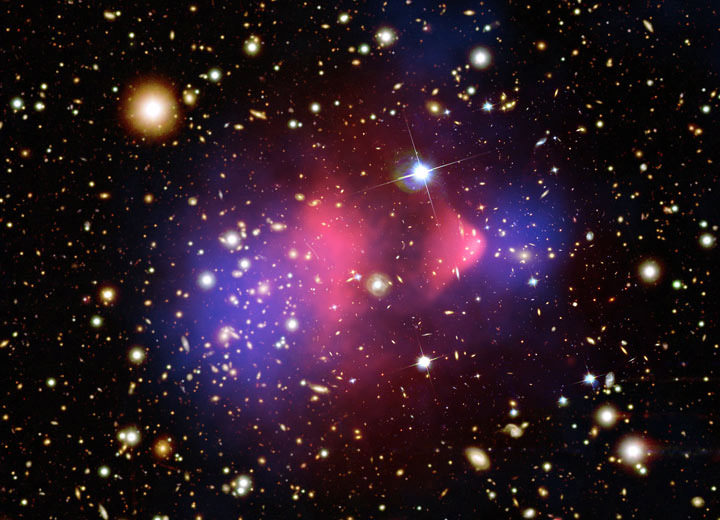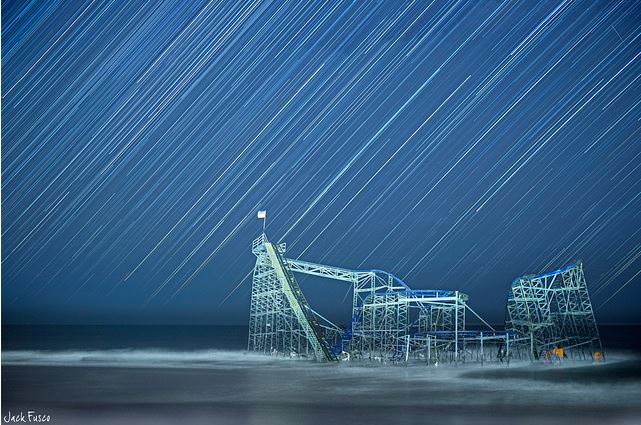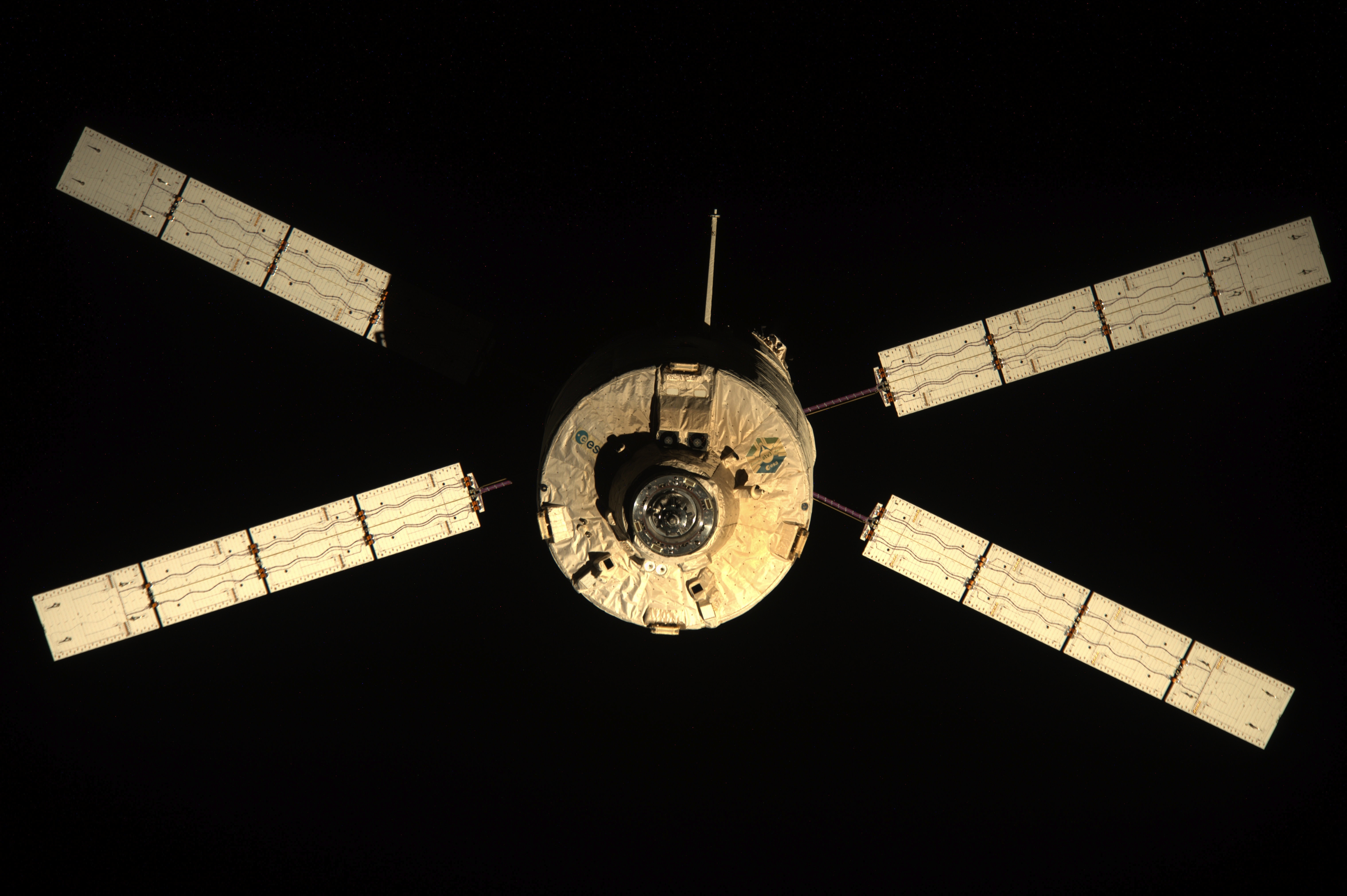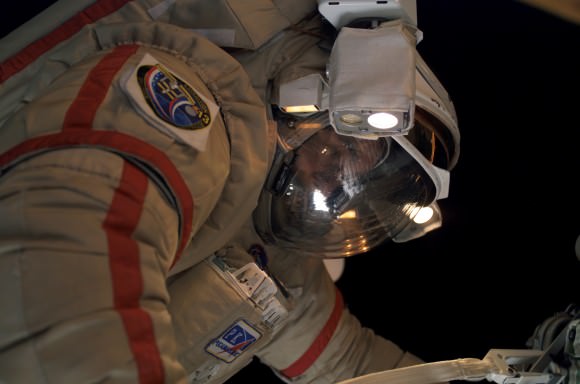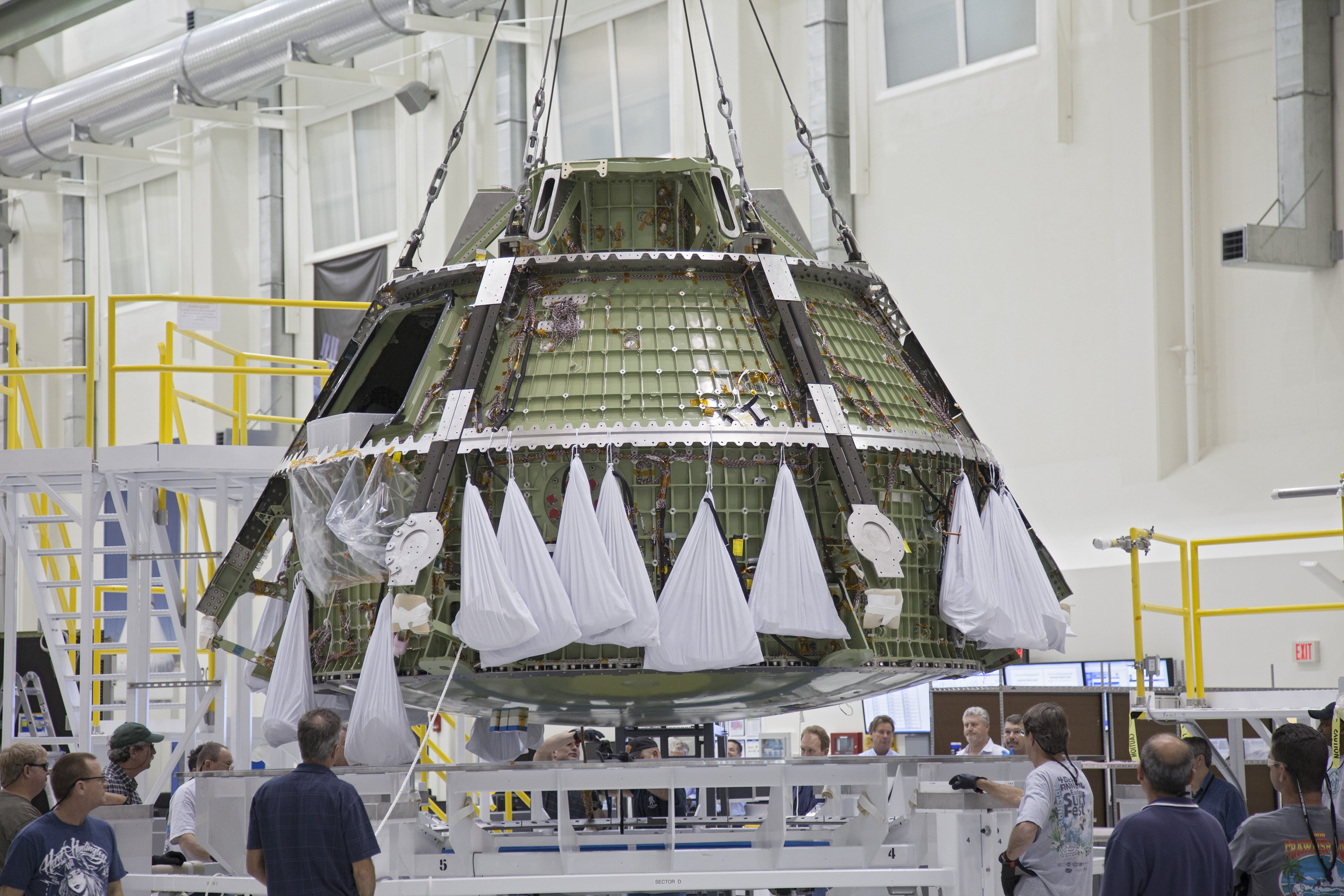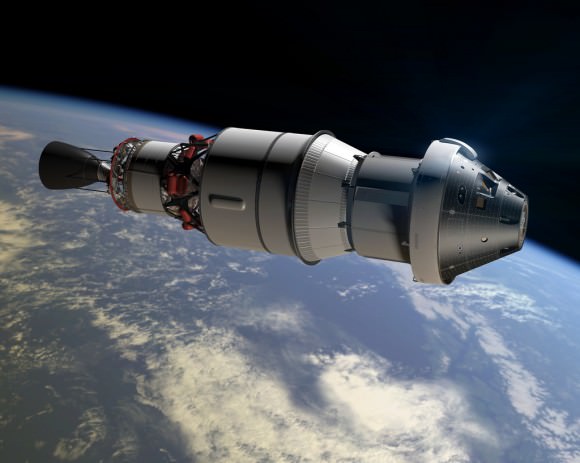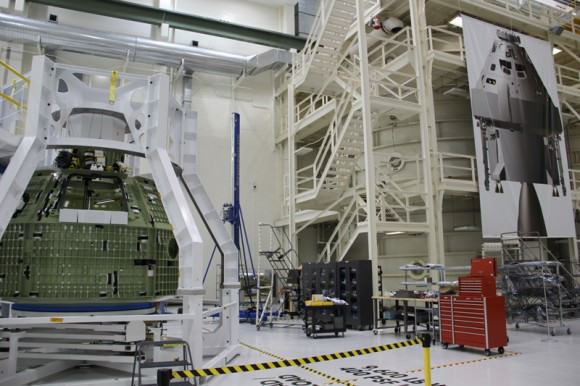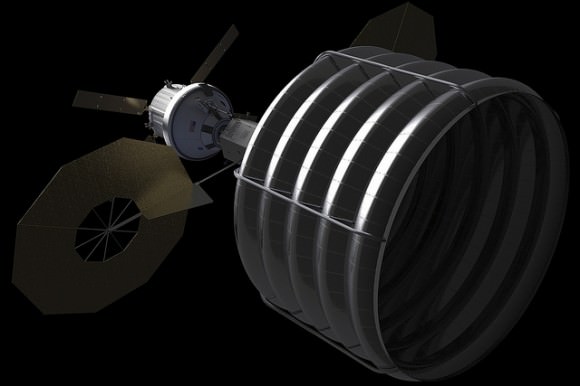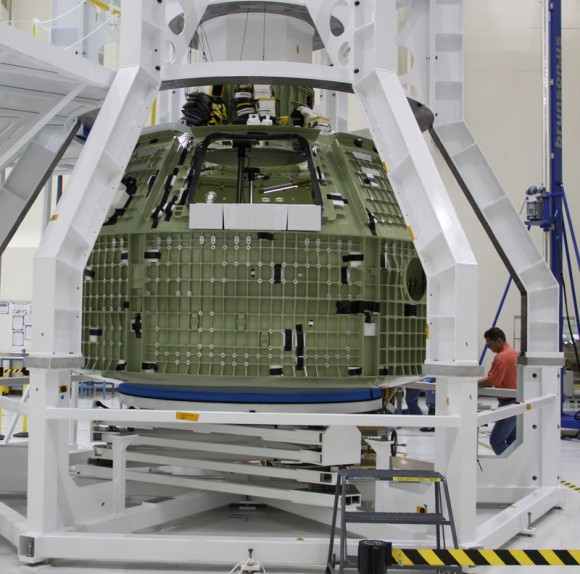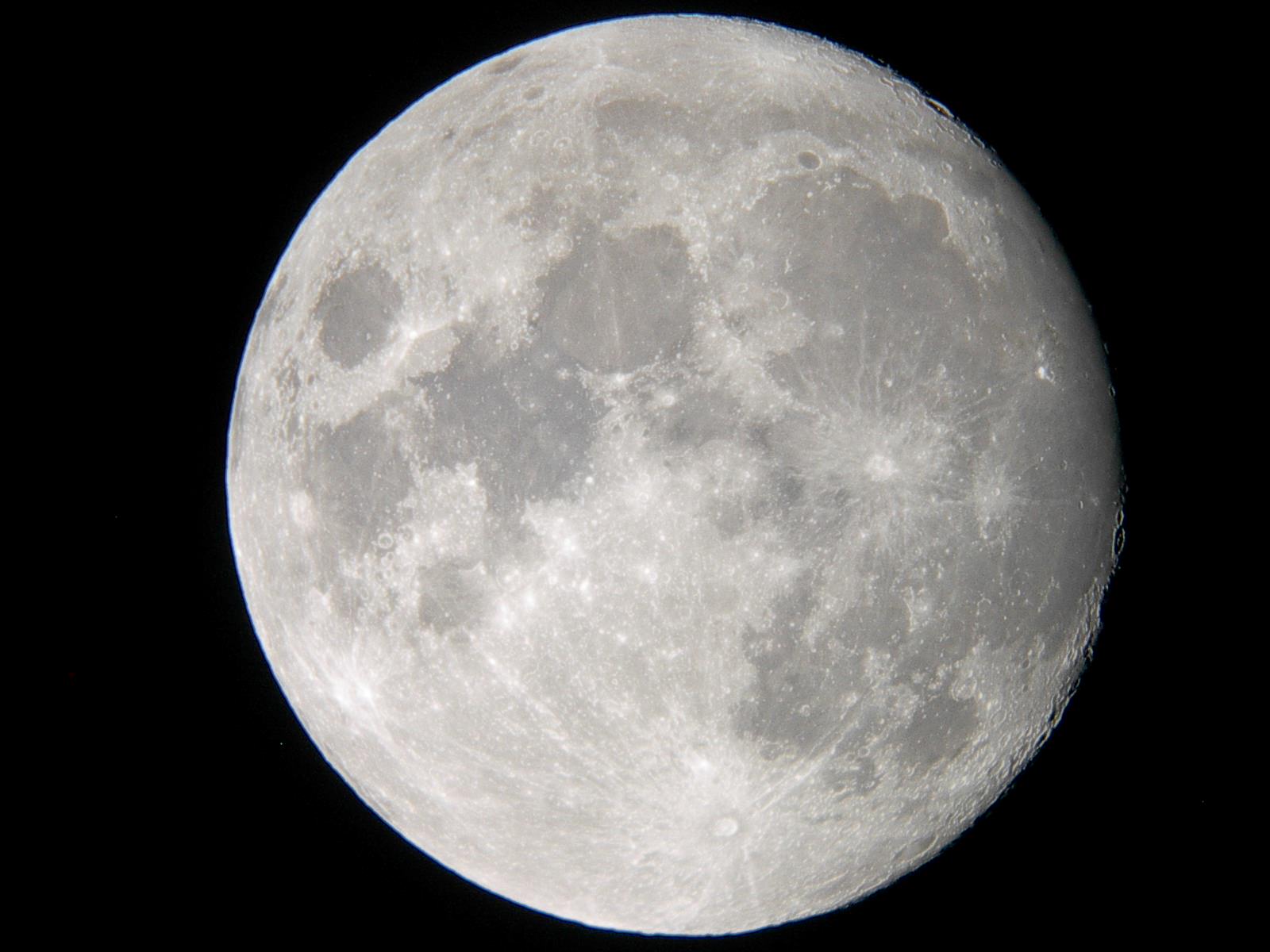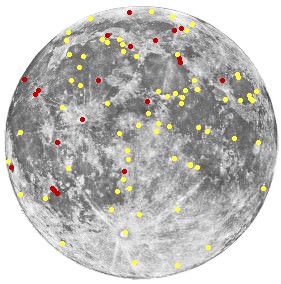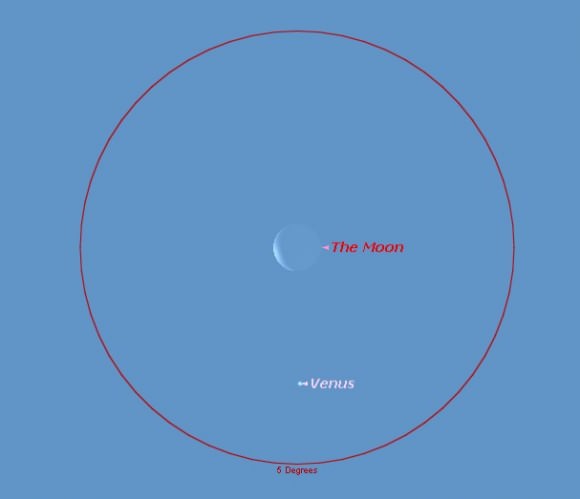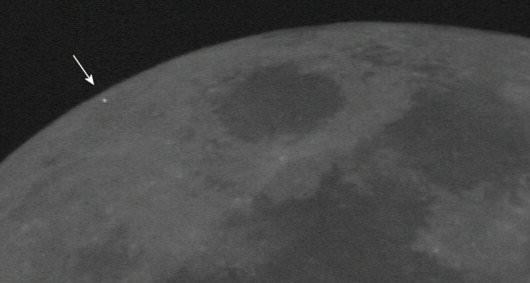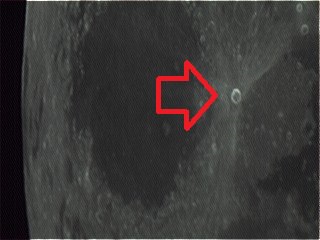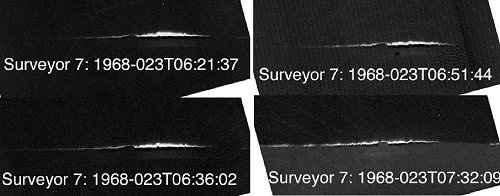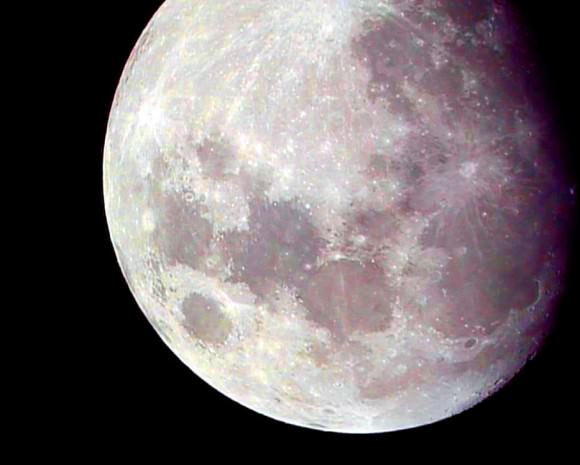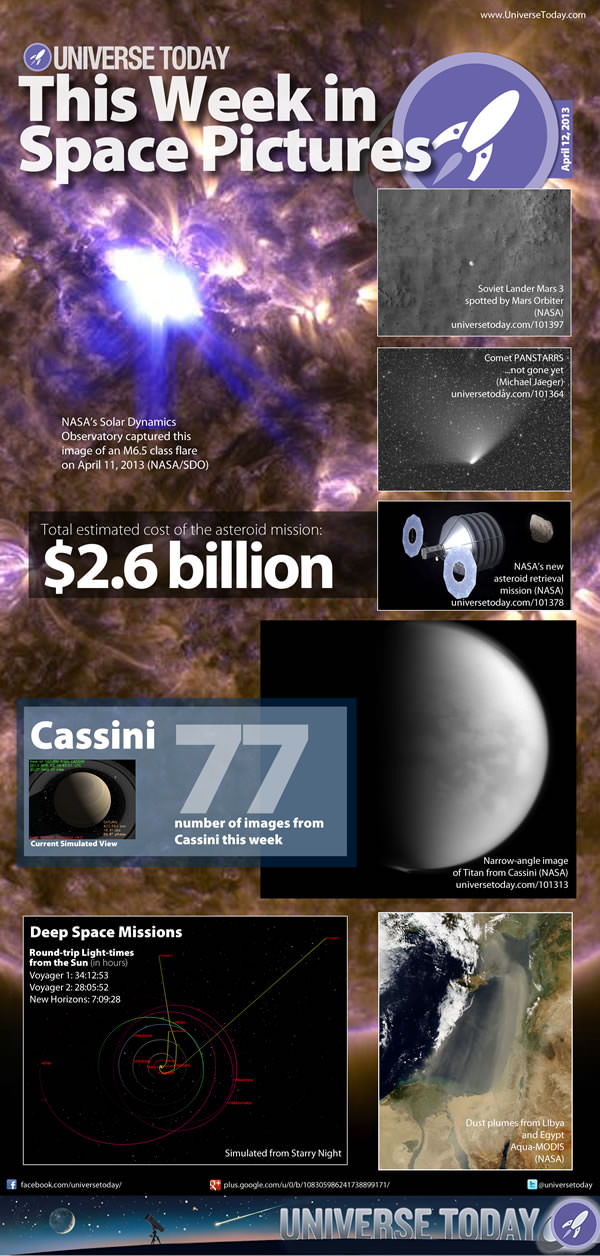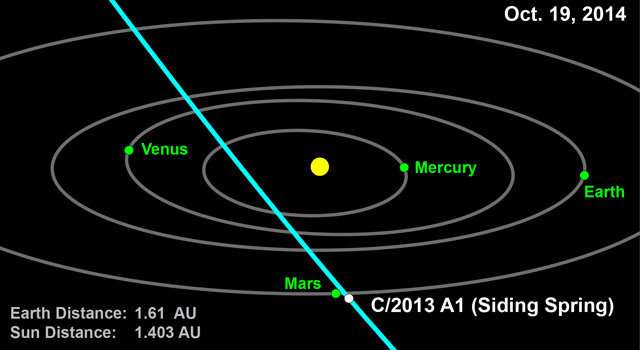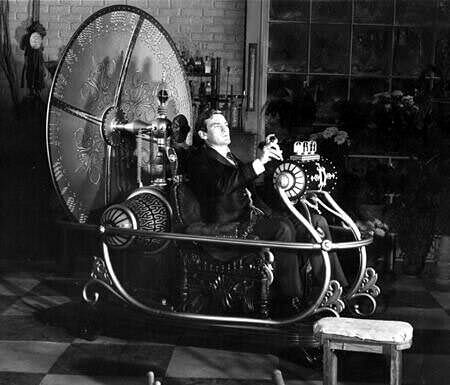Dark matter: it’s invisible, it’s elusive, it’s controversial… and it’s everywhere — in the Universe, yes, but especially in the world of astrophysics, where researchers have been exhaustively trying to reveal its true identity for decades.
Now, scientists with the international Super Cryogenic Dark Matter Search (SuperCDMS) experiment are reporting the detection of a particle that’s thought to make up dark matter: a weakly-interacting massive particle, or WIMP. According to a press release from Texas A&M University (whose high-energy physicist Rupak Mahapatra is a principal investigator in the experiment) SuperCDMS has identified a WIMP-like signal at the 3-sigma level, which indicates a 99.8 percent chance of an actual discovery — a “concrete hint,” as it’s being called.
“In high-energy physics, a discovery is only claimed at 5-sigma or better,” Mahapatra said. “So this is certainly very exciting, but not fully convincing by the standards. We just need more data to be sure. For now, we have to live with this tantalizing hint of one of the biggest puzzles of our time.”
If this is indeed a WIMP it will be the first time such a particle has been directly observed, lending more insight into what dark matter is… or isn’t.
Notoriously elusive, WIMPs rarely interact with normal matter and therefore are difficult to detect. Scientists believe they occasionally bounce off, or scatter like billiard balls from, atomic nuclei, leaving behind a small amount of energy capable of being tracked by detectors deep underground, particle colliders such as the Large Hadron Collider at CERN and even instruments in space like the Alpha Magnetic Spectrometer (AMS) mounted on the International Space Station.
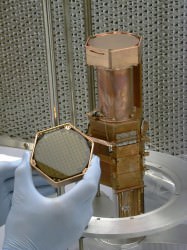
The CDMS experiment, located a half-mile underground at the Soudan mine in northern Minnesota and managed by the United States Department of Energy’s Fermi National Accelerator Laboratory, has been searching for dark matter since 2003. The experiment uses very sophisticated detector technology and advanced analysis techniques to enable cryogenically cooled (almost absolute zero temperature at -460 degrees F) germanium and silicon targets to search for the rare recoil of dark matter particles.
This newly-announced detection actually comes from data acquired during an earlier phase of the experiment.
“This result is from data taken a few years ago using silicon detectors manufactured at Stanford that are now defunct,” Mahapatra said. “Increased interest in the low mass WIMP region motivated us to complete the analysis of the silicon-detector exposure, which is less sensitive than germanium for WIMP masses above 15 giga-electronvolts [one GeVa is equal to a billion electron volts] but more sensitive for lower masses. The analysis resulted in three events, and the estimated background is 0.7 events.”
Although Mahapatra says the result is certainly encouraging and worthy of further investigation, he cautions it should not be considered a discovery just yet.
“We are only 99.8 percent sure, and we want to be 99.9999 percent sure,” Mahapatra said. “At 3-sigma, you have a hint of something. At 4-sigma, you have evidence. At 5-sigma, you have a discovery.”
“In medicine, you can say you are curing 99.8 percent of the cases, and that’s OK. When you say you’ve made a fundamental discovery in high-energy physics, you can’t be wrong.”
– Dr. Rupak Mahapatra, SuperCDMS principal investigator, Texas A&M University
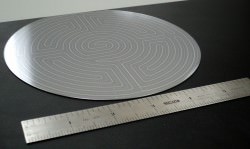
The collaboration will continue to probe this WIMP sector using the SuperCDMS Soudan experiment’s operating germanium detectors and is considering using larger, more advanced 6-inch silicon detectors developed at the Texas A&M’s Department of Electrical Engineering in future experiments.
The team has detailed its results in a paper published in arXiv that eventually will appear in Physical Review Letters. Mahapatra will also announce the results today at 12 p.m. CDT in a talk at the Mitchell Institute for Fundamental Physics and Astronomy.
Source: Texas A&M University

